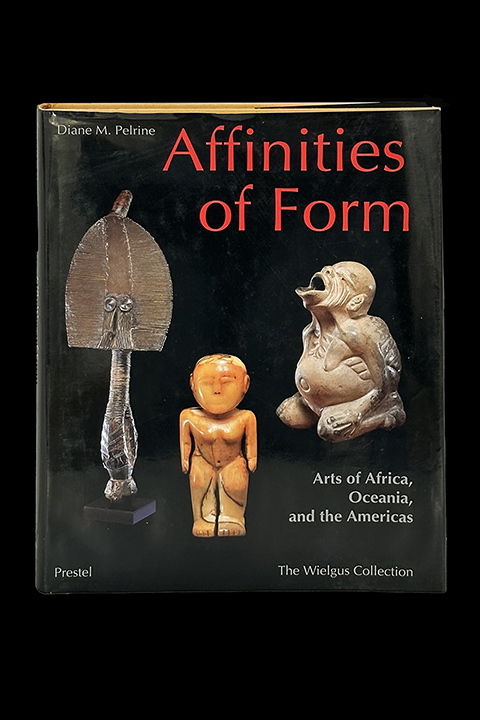Affinities of Form: Arts of Africa, Oceania, and the Americas examines the motives that led Raymond Wielgus to become a collector and that guided him to his chosen field. Wielgus originally made his name as a maker of high-quality prototype models for potential new products in the manufacturing industry, and the book shows how the very special experience gained in this profession molded his view of the art of collecting. It lists the criteria that he applied to the objects to be included in the collection and assesses the importance of the skill with which they were eventually displayed. The collection spans in excess of three thousand years of ethnographic art and contains exquisite masterpieces produced by the indigenous peoples of Africa, the islands of the Pacific, and the Americas.
The book starts by analyzing the sources of the objects amassed since the dawn of collecting ethnographic objects in the early 1800s and discusses how representative they are of their cultures of origin. It puts the Wielgus collection in context with other notable collections. The text honestly acknowledges the probable damage that enthusiastic collecting has inflicted upon some of the sites from which these artifacts derive, but argues that this has been in part offset by the spread of knowledge through the literature published on the great collections.
One hundred of the most important objects from the Wielgus collection are illustrated in color. The photography employs dramatic use of light and shade, excitingly conveying the visual power of these beautiful objects. The illustrations are divided into three sections: Africa, Oceania, and the Americas, and the provenance and importance of each is analyzed in the context of the history of the respective geographical regions.
